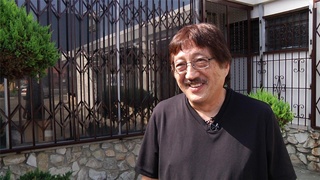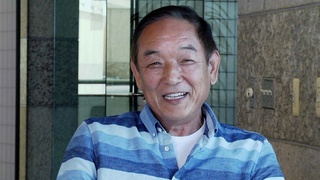Interviews
General reasons why people left Japan for Peru
I don’t know what the attraction of Peru was versus the United States, but I do know that there were lots of farming, similar to I guess Hawaii, where there were a lot of folks who came for the sugar cane. I know a lot of folks went to Brazil cause there’s also sugar cane there. In Peru it’s just different farming and then different small businesses so I know a lot of folks had laundry mats, different things like that and I think by the time my great-grandpa Arakaki came at least it was already semi-developed, so just being part of that community and helping to add more to the education system and things like that.
Date: August 30, 2018
Location: California, US
Interviewer: Sharon Yamato
Contributed by: Watase Media Arts Center, Japanese American National Museum
Explore More Videos


Postwar school-life
(b. 1930) Half Japanese and grew up in both Japan and the United States.

Fifty Years and Going Strong
(1938-2020) Japanese American attorney and civil rights activist

Re-examining Identity
(1941-2018) Japanese Canadian photojournalist and activist





Facing discrimination in America (Japanese)
(b. 1936) Shin-issei welding business owner




The difference between Nikkei community in Oizumi and Brazil (Japanese)
(b. 1979) Sansei Nikkei Brazilian who lives in Oizumi-machi in Gunma prefecture. He runs his own design studio.

My daughter couldn’t fit in Japan, so I decided to go back to America (Japanese)
(b. 1936) Shin-issei welding business owner

Tough life at boarding house (Japanese)
Shin Issei – owner of izakaya (Japanese-style tavern) and kappo (small Japanese diner) restaurant, Honda-Ya
